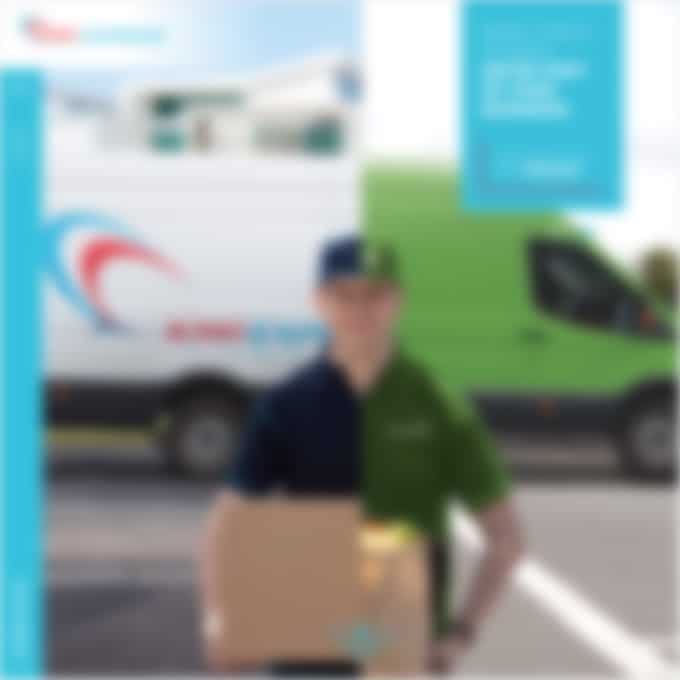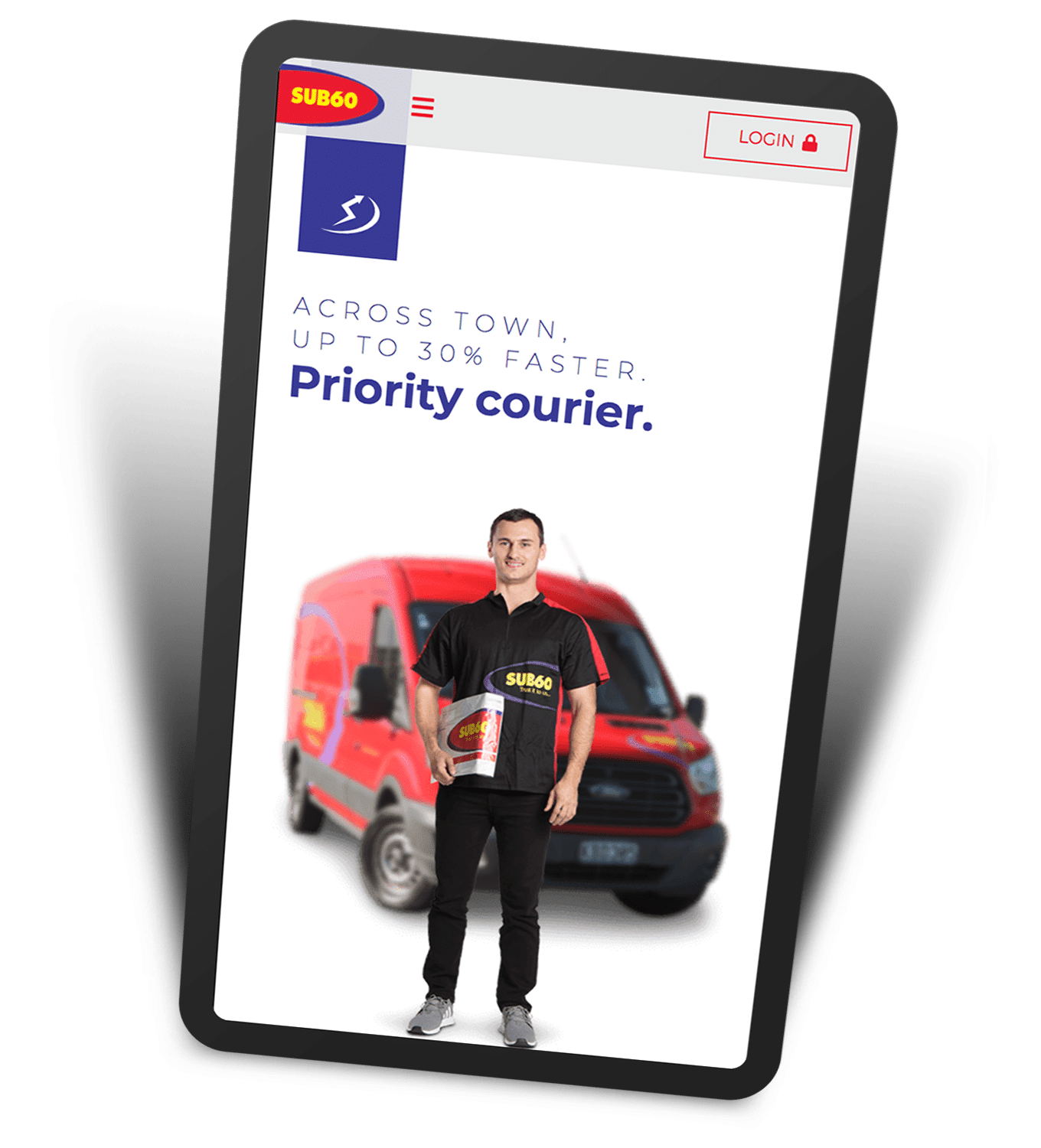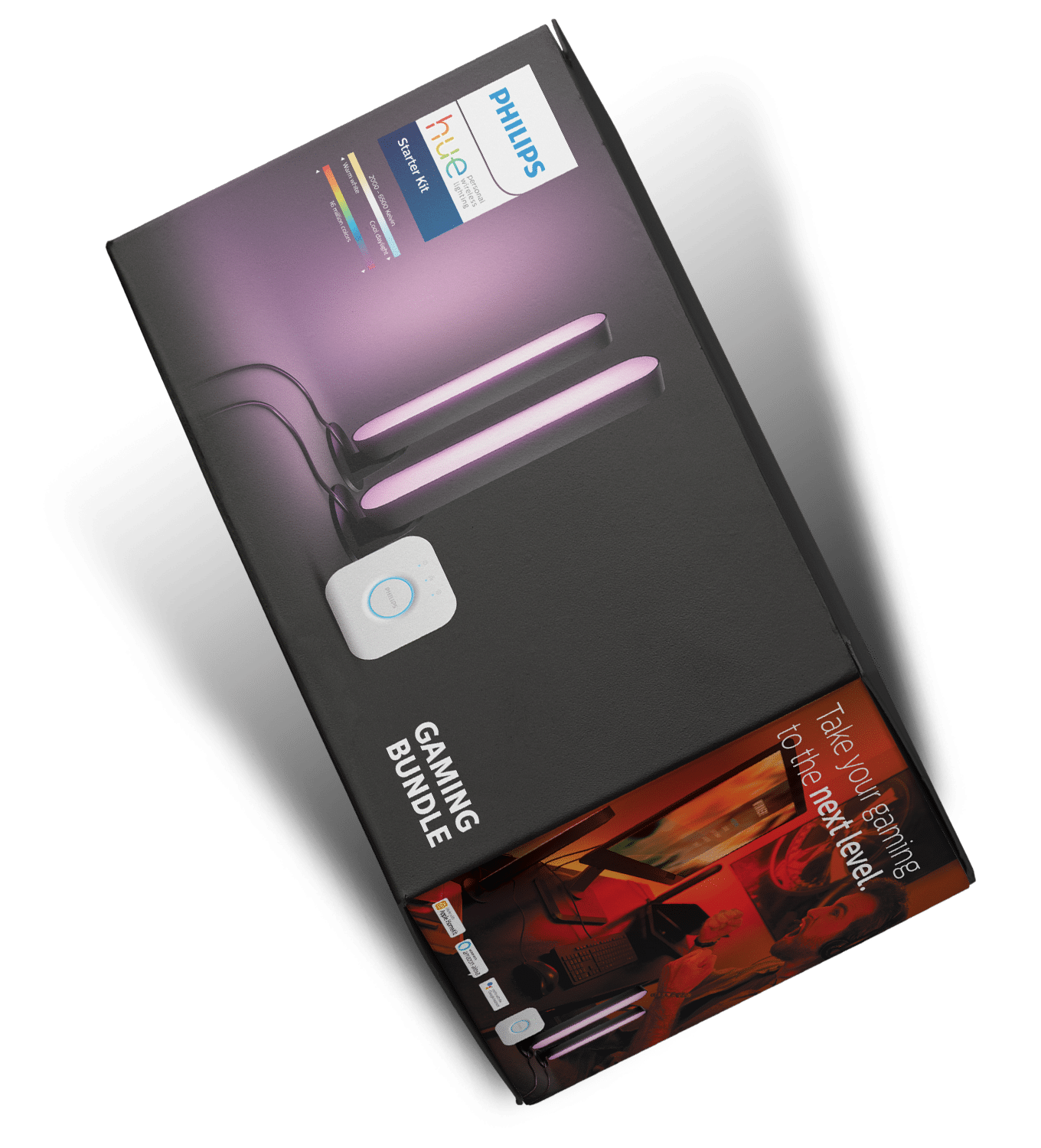A website that works? Woo. Don’t waffle.
21 October 2021
How to build an effective website – Part two.
Those of us who can remember miserable first dates can attest to the veracity of that hoary old chestnut: “First impressions count.”
It’s the same when it comes to building your website. After all, it’s all about trying to woo a prospect. And in fact, the pressure to impress quickly is even greater.
As a rule of thumb, when someone lands on your website, you only have a few seconds to convince them to stay there. If, in that time, you’ve haven’t shown them that they’ve come to the right place and that they can clearly identify what to do next, then you’ve pretty much lost them.
In our previous blog we talked about buttoning down your website’s “why”. Now we’re going to talk through the first step in bringing that “why” to life. It’s called “writing copy”.
Content is King
At the risk of sounding too technical, a website should ideally consist of words and pictures that convince the user to do what you want them to do.
Sounds simple, I know. But the devil is in the detail.
Many sites I’ve seen have simply been regurgitations of a business’ mission statement. The copy tends to be what the specific business wants to say, rather than what the user wants to hear.
When you’re working on copy for your site, you need to keep going back to the “why”.
So what do you need to say in order to convince (or seduce, if we’re getting crude about it) the user to take the desired course of action?
Condense your business into 15 words
A good place to start is to take your “why” and break it down to a sentence of less than 15 words.
The movie industry does this all the time. It’s what they call a “high concept story” – where a movie’s plot, audience demographics and what makes it original can be summed up in a single sentence (sometimes that sentence ends up as the movie’s title – like “Snakes on a Plane”. There, four words and you know everything you need to know).
Using your sentence of 15 words or less as a platform, you can then build the copy content up, fleshing out the promise of your “high concept story” with supporting facts that will add credibility to your argument.
Let’s say you’re a construction company who targets the education sector. Your “high concept” could be “we build places where great minds can grow.” That’s going to help hook the user. Now you need to reel them in by providing all the other key stuff they’ll need to know – like projects you’ve worked on, how the way you do things is going to make their lives easier, your team of experts, and wonderful things that their peers are already saying about you.
Words are cheap. But not on websites.
There are words. And then there’s waffle. Waffle is lots of words living together without a purpose.
Waffle is bad. Unfortunately, it happens to be quite a thriving species in the website world.
When you’re writing the text for your website (or reviewing text that someone else has written for you) keep going back to your “why”. That’ll help to avoid the waffle.
Every word needs to count – to support the argument you’re making and convince the user that you’re the business they’re after.
There’s no real rule around how much text makes a wonderful website.
Sometimes less is good, with a few carefully worded headlines and succinct copy being all that’s needed. If you want to rank well in Search Engines, however, then long text is the better way to go. But that doesn’t mean waffling. In fact, if SEO is a key driver, using the right words is key. We’d strongly recommend that you conduct an SEO strategy before you start. This will identify key words that people are typically typing into google to search for businesses like yours.
We’ll talk more about an effective SEO strategy in an upcoming blog called (funnily enough) “Effective SEO Strategies”.
A few things to consider regarding copy:
- Use lots of subheads to break up long text. People love to skim., so subheads should give them enough information to make a decision.
- Think in terms of benefits to the user. People are coming to you for a solution, so let them know how you’re going to make their life happier.
- Use words like “you” rather than “us”.
- Creating problem/solution scenarios is a good way to empathise with your target market and make your offering relatable.
- Make frequent use of strong calls to action. You’ve whet your audience’s appetite. Now tell them what to do next – eg make a phone call, fill out a form, book an appointment etc.
- Don’t be boring. Every business has an interesting story to tell. Yours has. So tell it. People love stories and tend to respond to them more than just a litany of facts and figures.
In our next blog we’ll talk about the importance of imagery, how it needs to work well with copy, and other key considerations around getting a working website up and… working.











